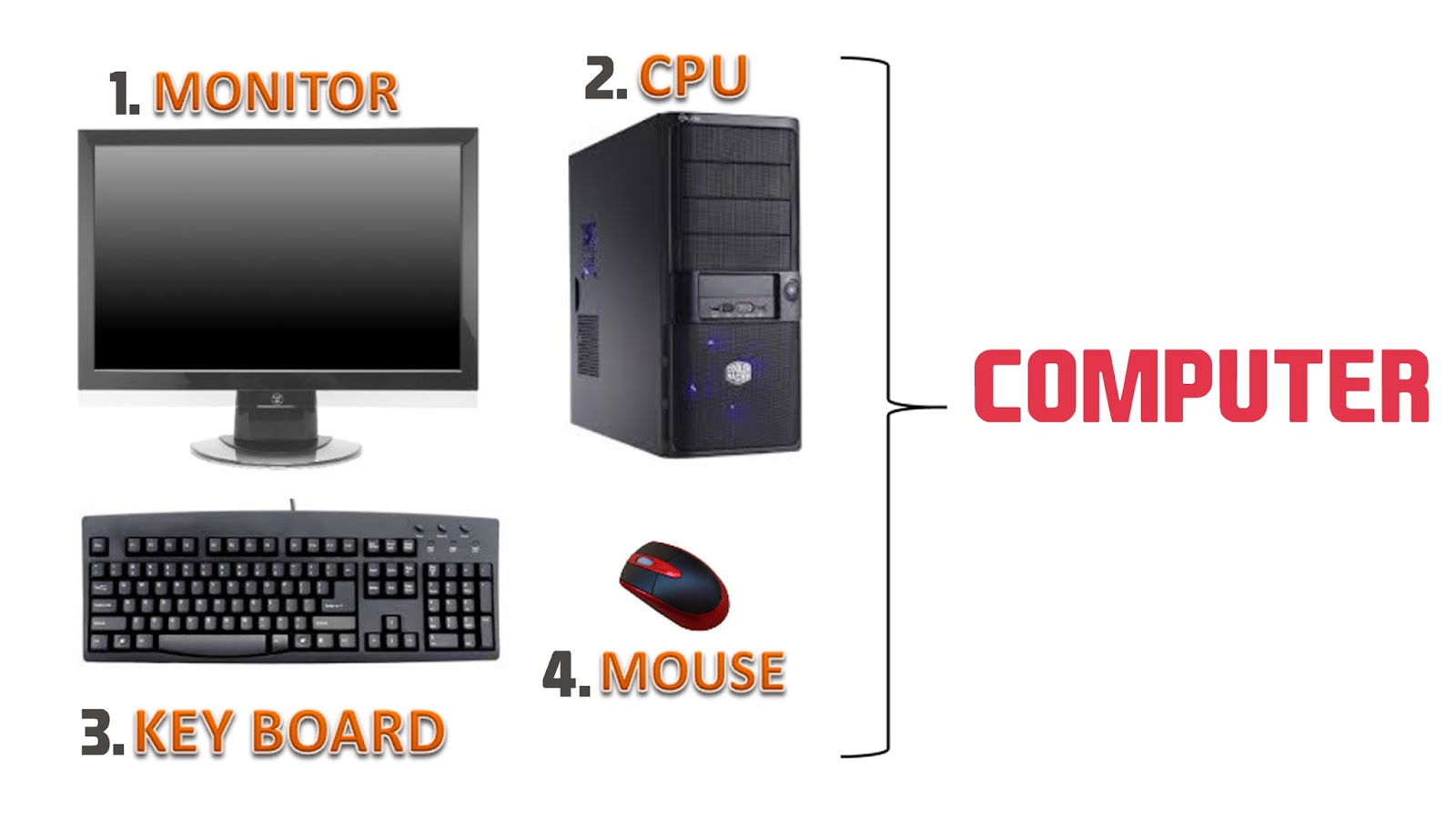In the current fast-paced tech world, the appeal of excessive computer parts is clear. If you're a experienced builder or new to the scene, understanding how to navigate the excess market can lead to substantial savings and impressive builds. With a wide array of components available, from circuit boards to GPUs, it is important to know what to look for to ensure you're making smart purchases that fit your needs and budget.
This guide aims to arm you with the information necessary to shop wisely for surplus computer parts. You will learn about premium components, how to identify deals that are too good to be true, and what attributes to evaluate for different types of hardware. Whether you are assembling a budget gaming rig or enhancing your workstation, identifying the key factors to consider will improve your buying experience and help you prevent common pitfalls. Let's dive into the world of surplus computer parts and discover how to get the best from your purchases. ### Top Considerations When Buying Surplus Computer Parts

As you explore the realm of surplus computer components, the first consideration should be the source of the components. Reliable suppliers or reputable online platforms significantly reduce the risk of purchasing defective or counterfeit items. Look for vendors with positive reviews and established return policies, as they can provide added security in the buying process. Ensuring you buy from trustworthy sources helps instill confidence in the quality of the products you acquire.
Next, evaluating how well surplus parts work with your current system is essential. Always check specifications like socket types, memory configurations, and power needs before you buy. read more can lead to wasted investment and frustration during installation. Leveraging online tools and references can assist in confirming that the parts you choose will integrate smoothly with your equipment.
Lastly, take into account the state and background of the surplus products. Items labeled as refurbished may have undergone rigorous testing and repairs, which can enhance their reliability. Conversely, pre-owned components might exhibit some signs of use, yet they can still function effectively. When evaluating these components, look for visual cues, ask about usage history, and if possible, test the functionality before finalizing the purchase. Understanding the condition will guide you in making informed decisions when it comes to surplus computer parts.
How to Guarantee Standards in Surplus Parts
While browsing for surplus computer parts, the first thing to securing quality is to conduct thorough research on the product and seller. Look for reliable sources that deal in surplus parts and have positive reviews. A trusted seller often includes a guarantee for their products, which can significantly enhance your confidence in your buy. Additionally, familiarize oneself with the specifications and frequent problems associated with specific components to better evaluate their condition prior to buying.
An additional essential consideration is to closely inspect the physical condition of the components. Check for apparent signs of wear, such as fractures, rust, or scorched marks, which can suggest previous failures or misuse. Ensure that terminals, pins, and other essential areas are whole and not bent or broken. If feasible, request detailed images that present specific views of the products, including any serial numbers or item identifiers, to help verify authenticity and standards.
Finally, testing is essential when possible. For parts like graphics cards and HDDs, use diagnostic tools to check functionality and performance metrics. For CPUs and mainboards, ensure they have been tested in a operational environment. Additionally, keep in mind that some sellers may provide testing results or validation certificates which can serve as a reliable indicator of quality. By following these steps, you can considerably reduce the chances of buying inferior surplus computer parts.
Tips for Finding the Best Deals on Surplus Equipment
While searching for surplus computer parts, timing can be crucial. Pay attention to seasonal sales, clearance events, and web-based bidding sites where surplus items are often sold at lower costs. Numerous companies dispose of inventory as fresh stock comes in, making it an opportune time to snag premium components at affordable costs. Moreover, signing up for newsletters from surplus retailers can provide notifications on forthcoming offers.
Networking with nearby computer repair shops and technology groups can lead to helpful tips and leads on surplus equipment. These connections may offer guidance regarding where to find reliable surplus suppliers, and some shops might even sell their inventory on-site. Becoming involved in forums and social media groups focused on computer parts can help you gain a vast pool of shared experiences and recommendations.
Finally, comparison shopping is key to ensuring you get the best deal on surplus parts. Use online price checkers to compare different vendors and ensure you are paying a just cost. Don’t overlook the value of warranty and return policies, as these can provide an added layer of safety when buying surplus equipment. Being patient and careful in your search will ultimately lead you to the top surplus bargains on the market.
